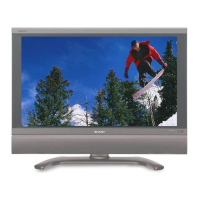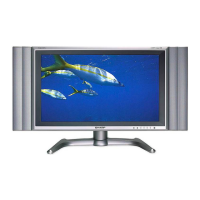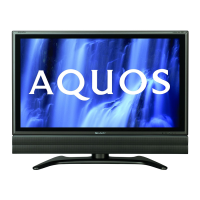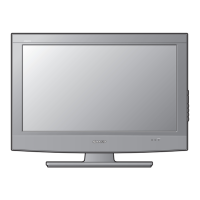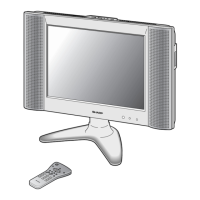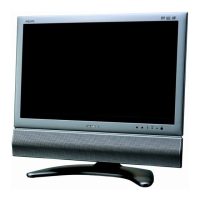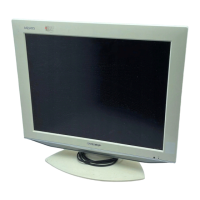Useful adjustment settings
I!I
:SELECT
I!I
:ADJUST
Tune the TV to the desired program.
I!I
:ADJUST
I!I
:SELECT
CC
ADVANCED
VIEW
MODE
PICTURE
SCROLL
,
CC
ADVANCED
VIEW
MODE
PICTURE
SCROLL
,
• When a Digital signal is received, you can
choose from CS1, CS2, CS3, CS4, CS5, CS6,
C1, C2, C3, C4, T1, T2, T3, T4 and OFF.
• Depending on the broadcast signal, some
Analog Captions will function with a Digital
broadcast signal.
Press CC to display "CLOSED CAPTION"
menu.
Press
CC repeatedly to select your desired
Closed Caption mode.
• When an Analog signal is received, you can
choose C1, C2, T1, T2 and OFF.
In
the Closed Caption system, there can
be
more
than one caption service provided. Each
is
identified
by its own number. The "C1" and "C2" services
display subtitles of TV programs superimposed over
the program's picture. Generally, Closed Captions
in
English are transmitted
on
C1
and Closed Captions
in
other languages are transmitted
on
C2.
In
the Closed Caption system, the "Text1" or "Text2"
services display text that is unrelated to the program
being viewed (e.g., weather or news). These services
are also superimposed over the program currently
being viewed.
Not all programs and VHS videotapes offer closed
captions. Please look for the
"[CC]"
symbol to ensure
that captions will
be
shown.
Digital Closed Caption service
is
a new caption
service available only
on
digital TV programs (also
at the discretion of the service provider). It
is
a more
flexible system than the original Closed Caption
system, because it allows a variety
of
caption
sizes and font styles. When
the
Digital Closed
Caption service
is
in
use, it will
be
indicated by
the appearance
of
a 3-letter abbreviation that also
indicates the language
of
the Digital Closed Captions:
ENG (English), SPA (Spanish), FRA (French) or other
language codes.
Your TV is equipped with
an
internal Closed Caption
decoder. It allows you to view conversations,
narration and sound effects as subtitles
on
your TV.
Closed Captions are available on some TV programs
and
on
some VHS home video tapes at the discretion
of
the program provider.
- FAVORITE CH -
~
FAVORITE
o
SLEEP AUDIO
AV
MODE
CC
000.
Press EXIT to return to the normal screen.
• You can enter to CLOSED CAPTION menu from
(SETUP) menu.
• To turn the Closed Caption feature off, select "OFF".
• If the program or video you selected is not closed-captioned, no captions will display on-screen.
• If text is not available
in
your viewing area, a black rectangle may appear on-screen. If this happens, set the Closed
Caption feature to "OFF".
• When selecting Closed Captions, the captioning will be delayed approx. 10 seconds.
• If no caption signal is received, no captions will appear, but the television will remain
in
the Caption Mode.
• Misspellings or unusual characters may occasionally appear during Closed Captioning. This is normal with Closed
Captioning, especially with live programs. This is because during live programs, captions are also entered live. These
transmissions do not allow time for editing.
• When Captions are being displayed, on-screen displays, such as volume and mute may be seen but may interfere with
Closed Captions.
• Some Cable TV systems and copy protection systems may interfere with the Closed Captioned signal.
• If using an indoor antenna or if TV reception is very poor, the Closed Caption Decoder may not appear or may appear with
strange characters or misspelled words.
In
this case, adjust the antenna for better reception
or
use an outdoor antenna.
@-30
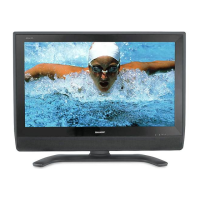
